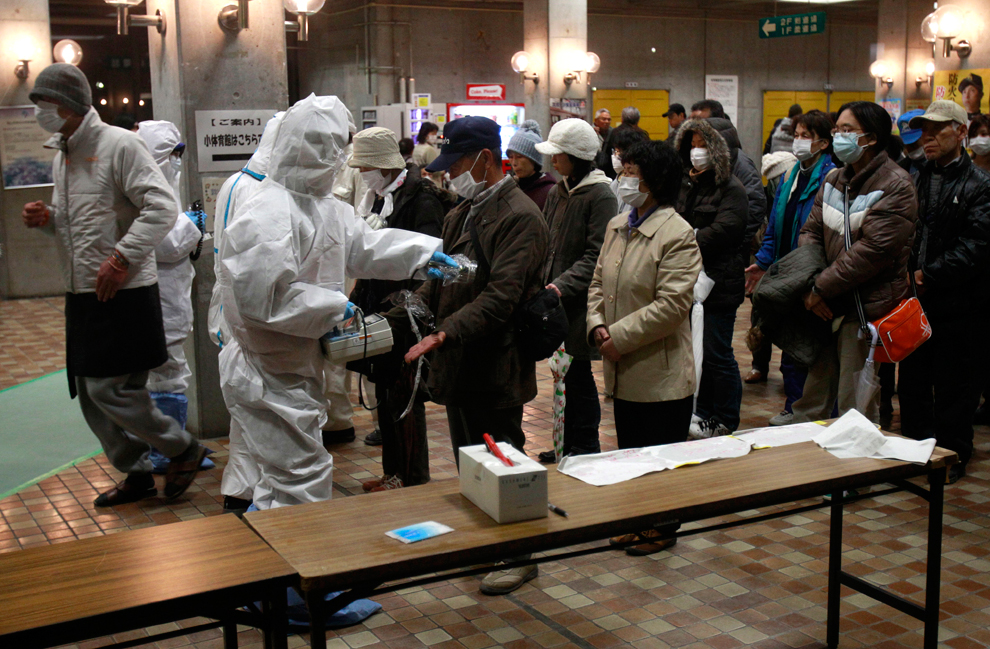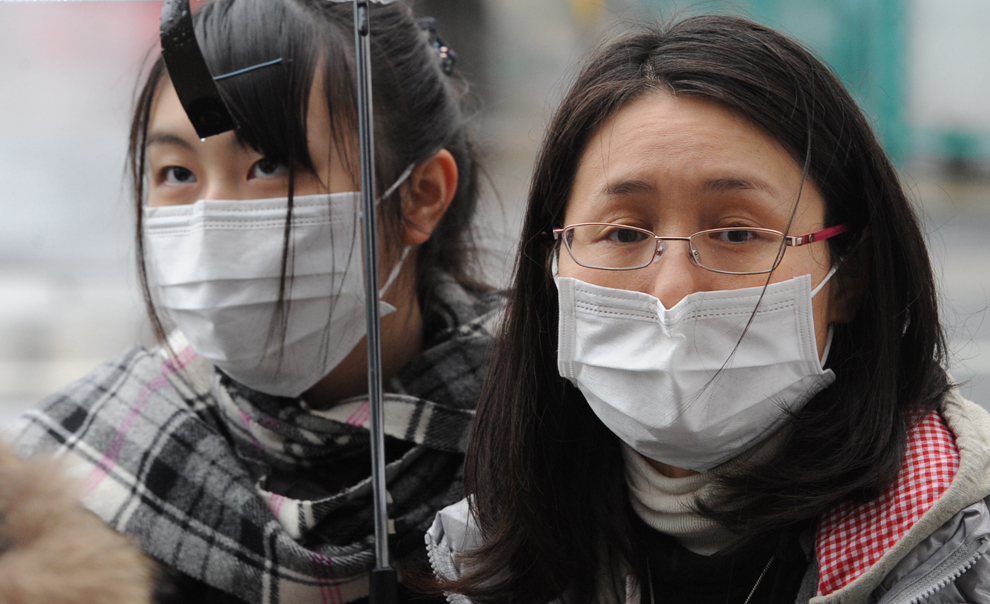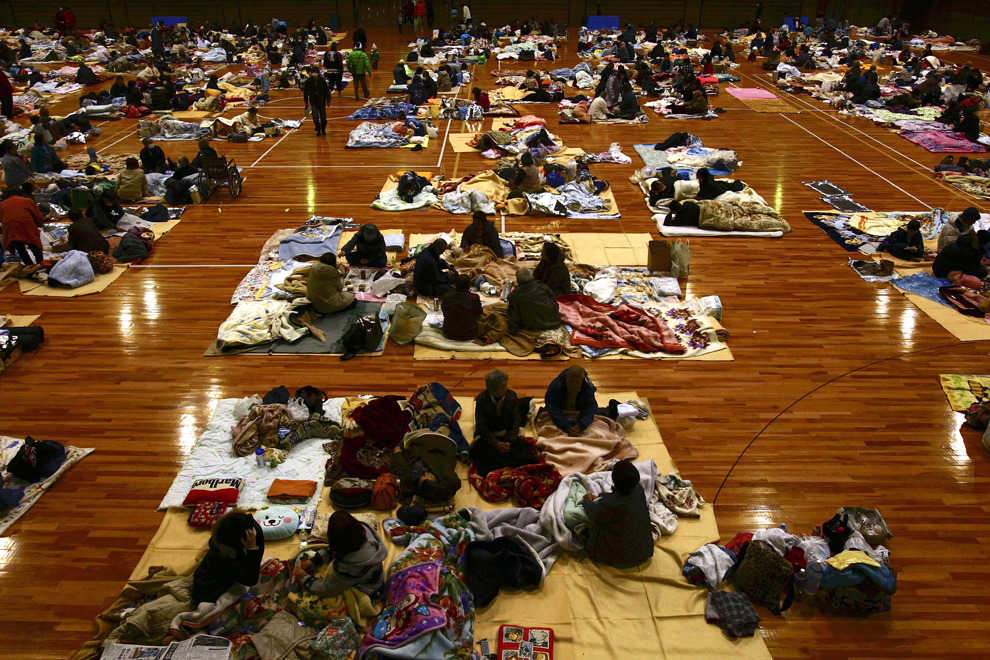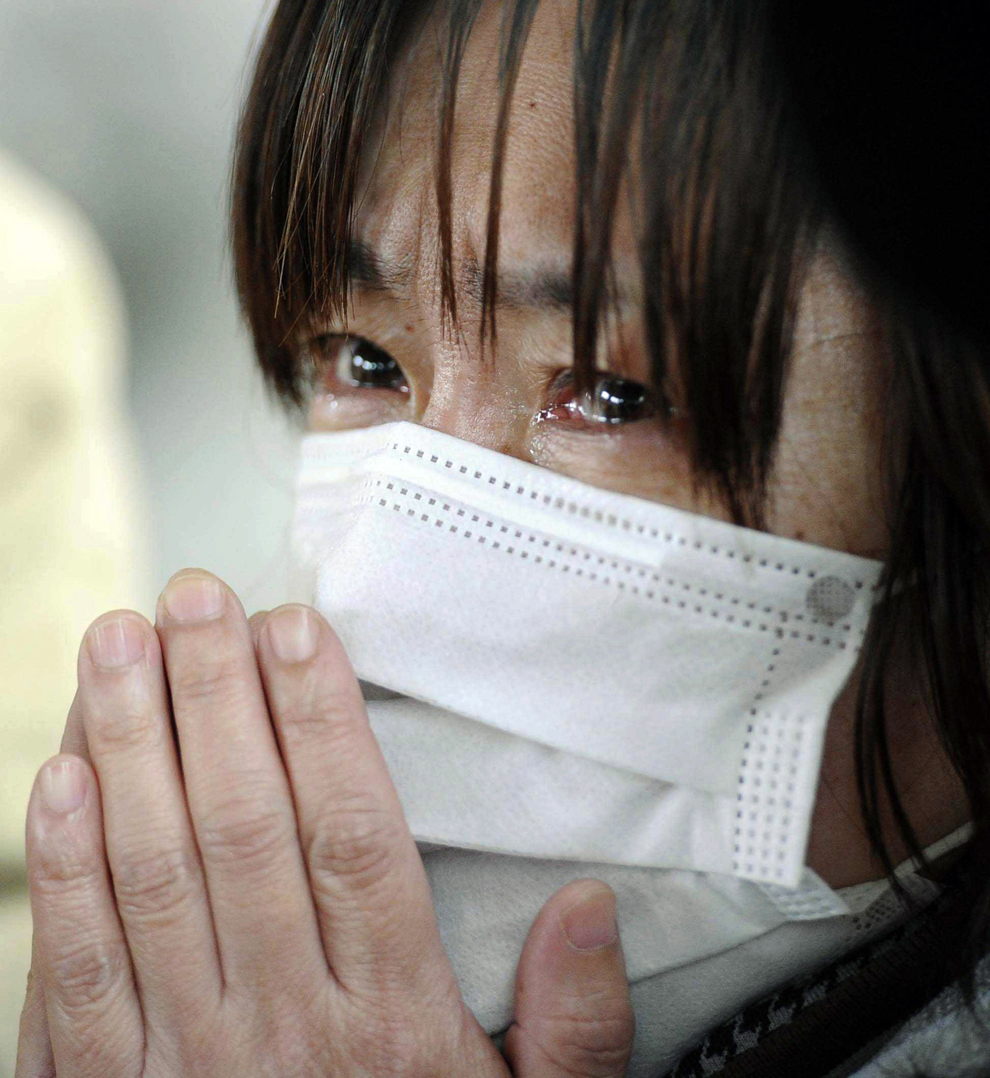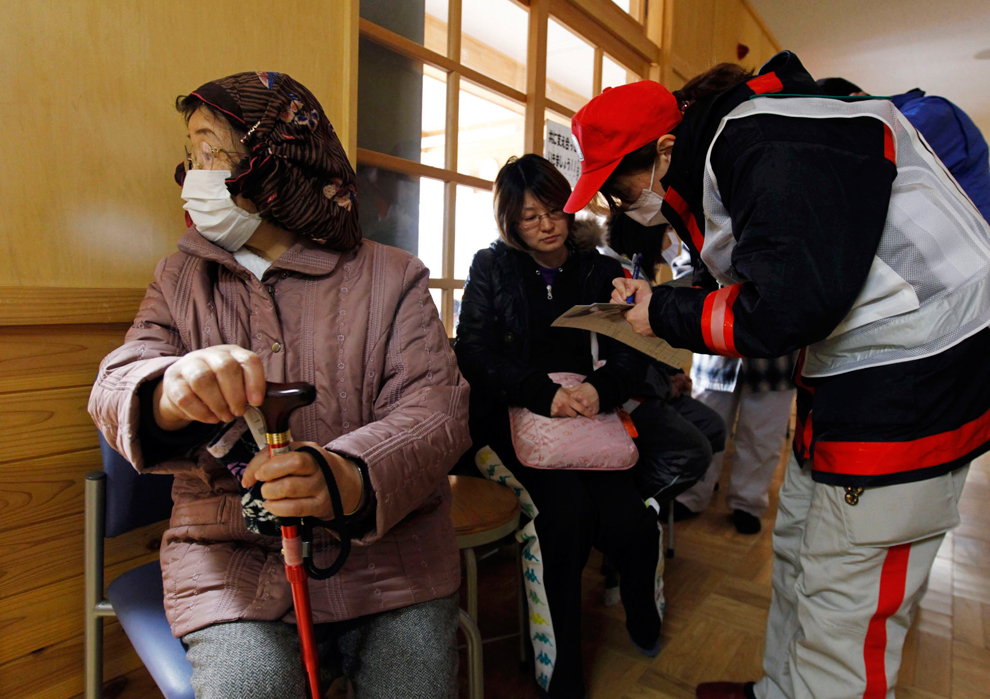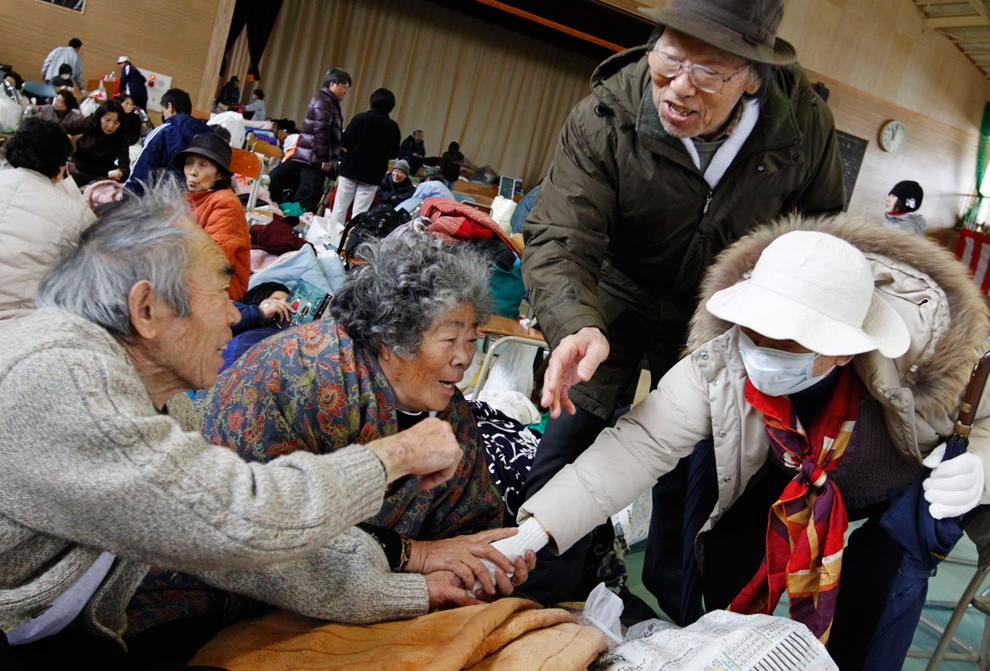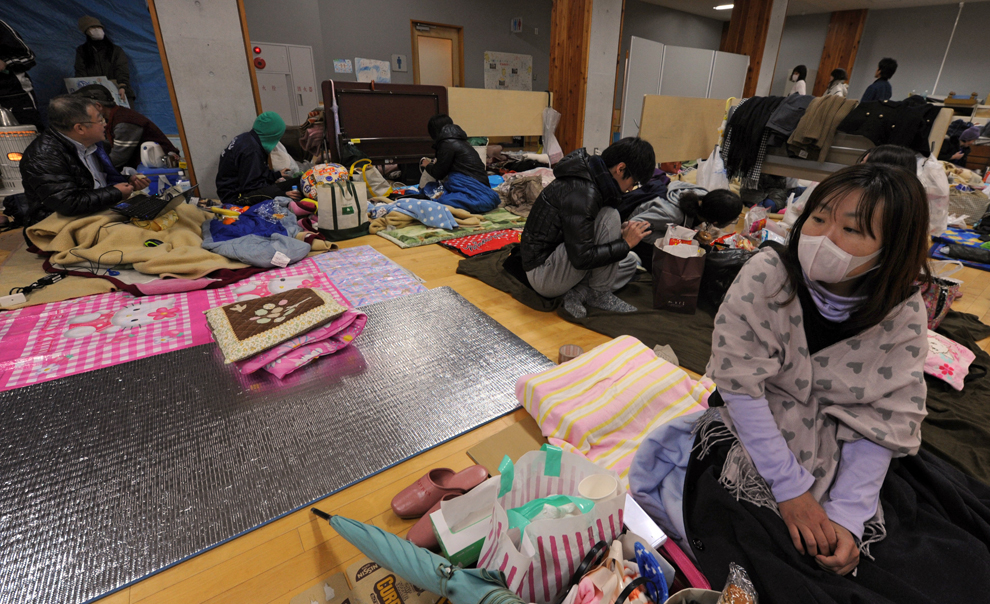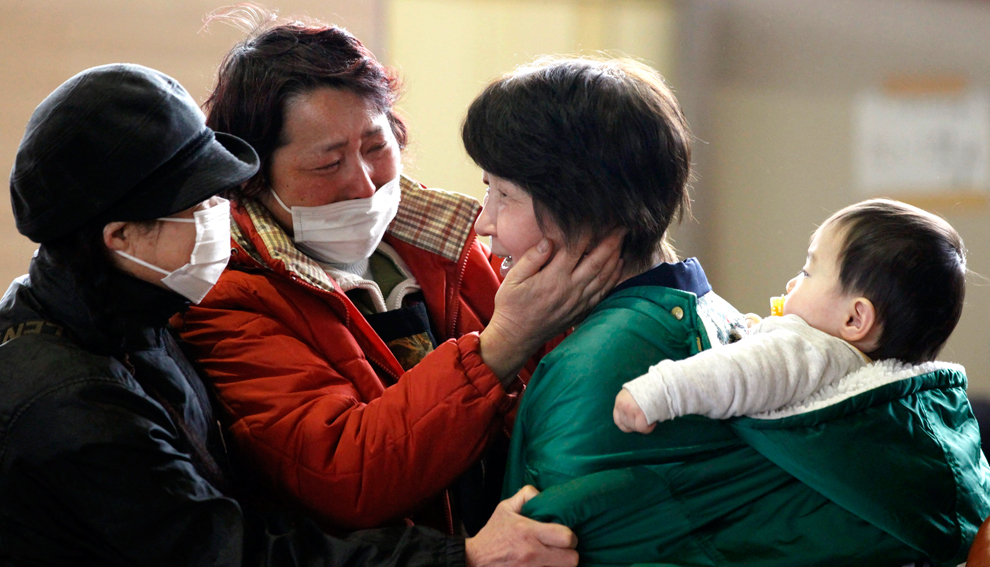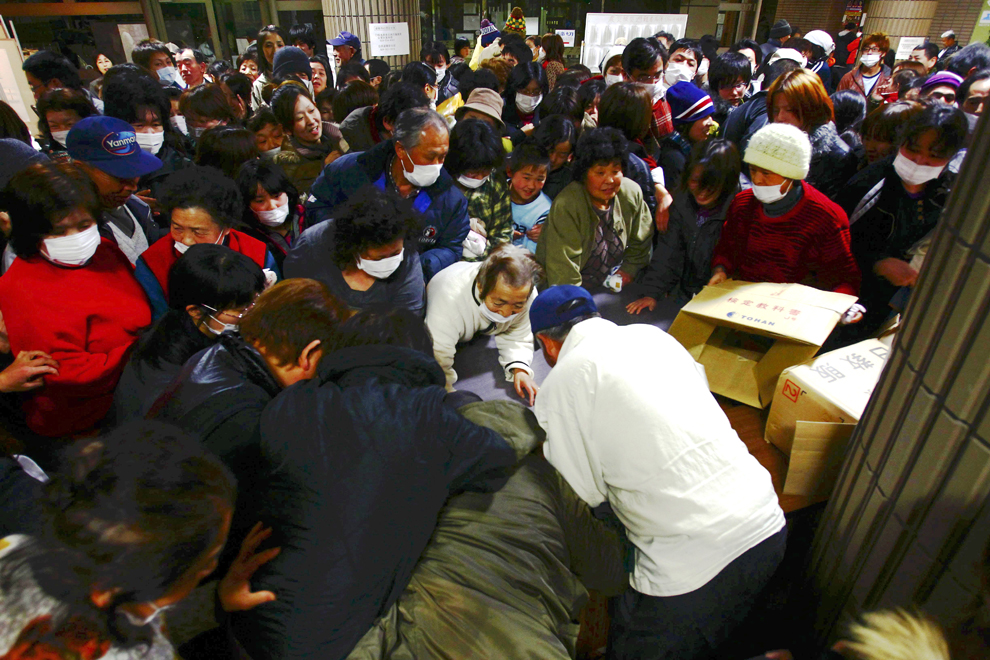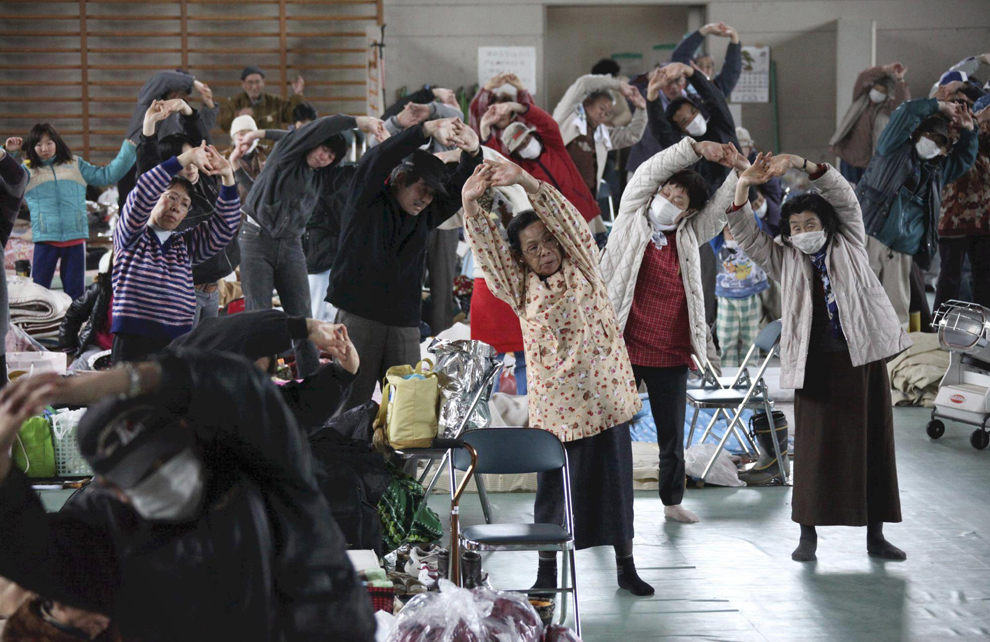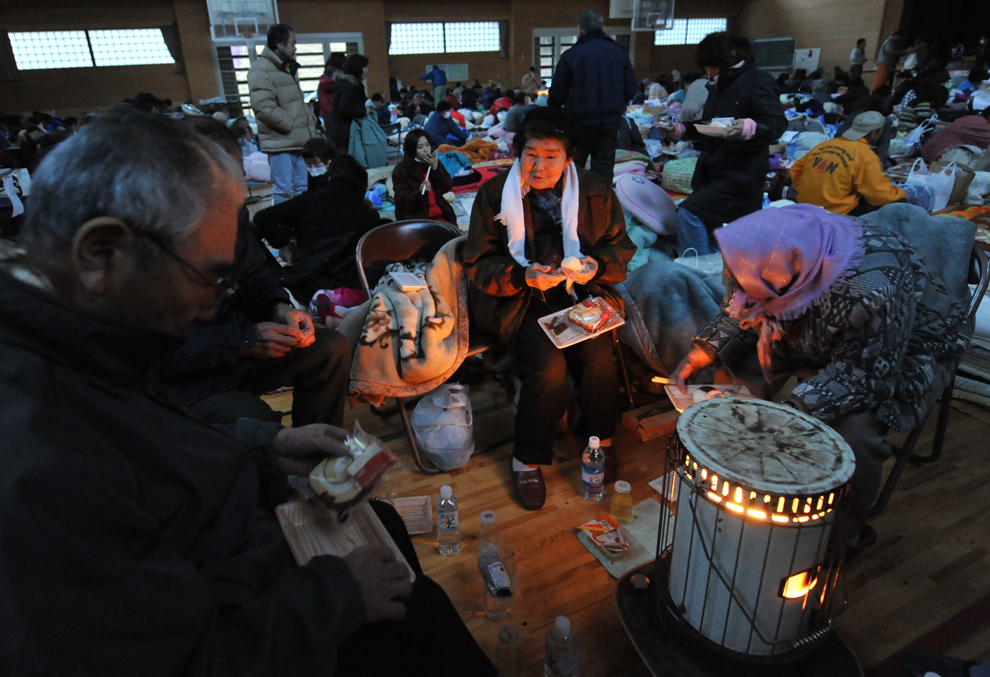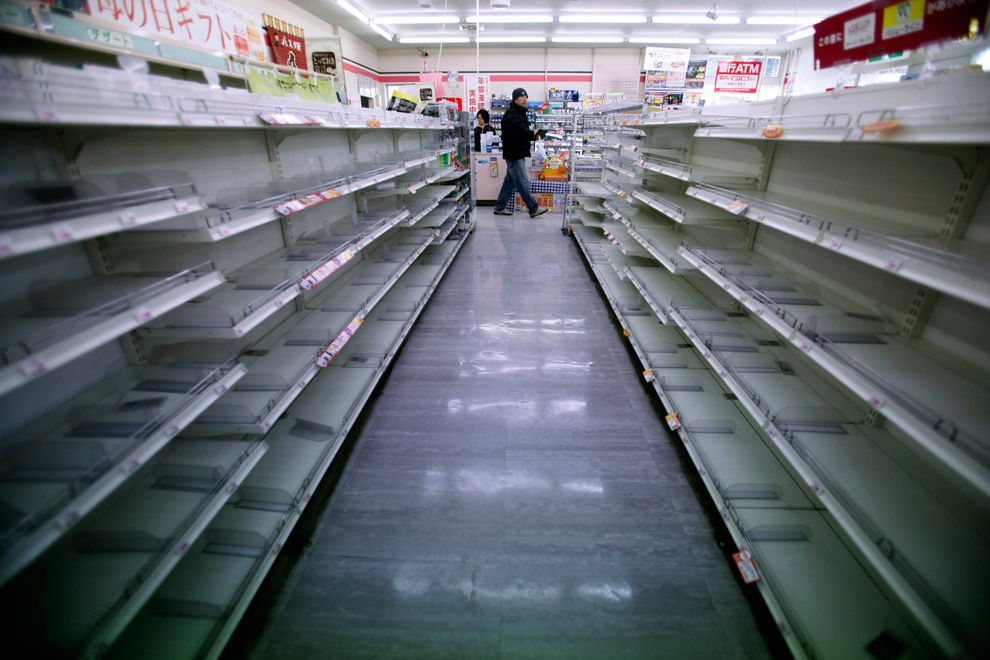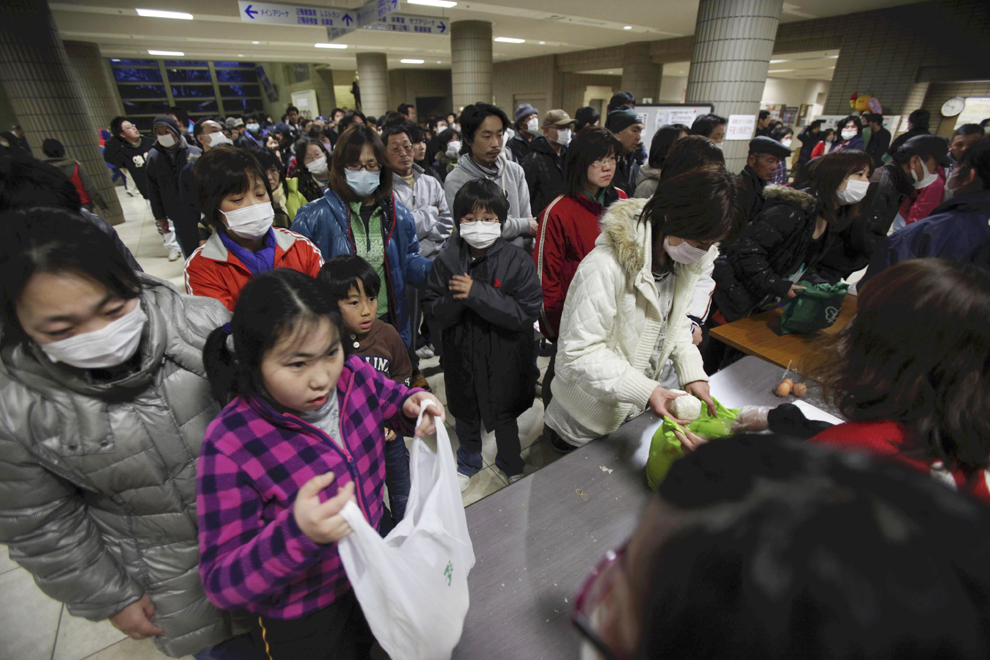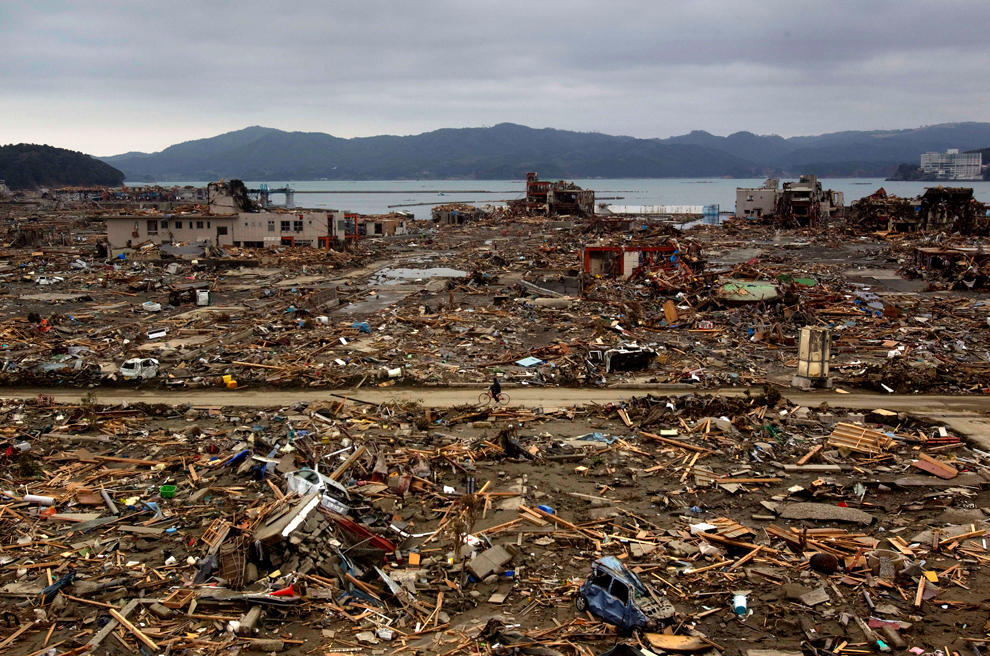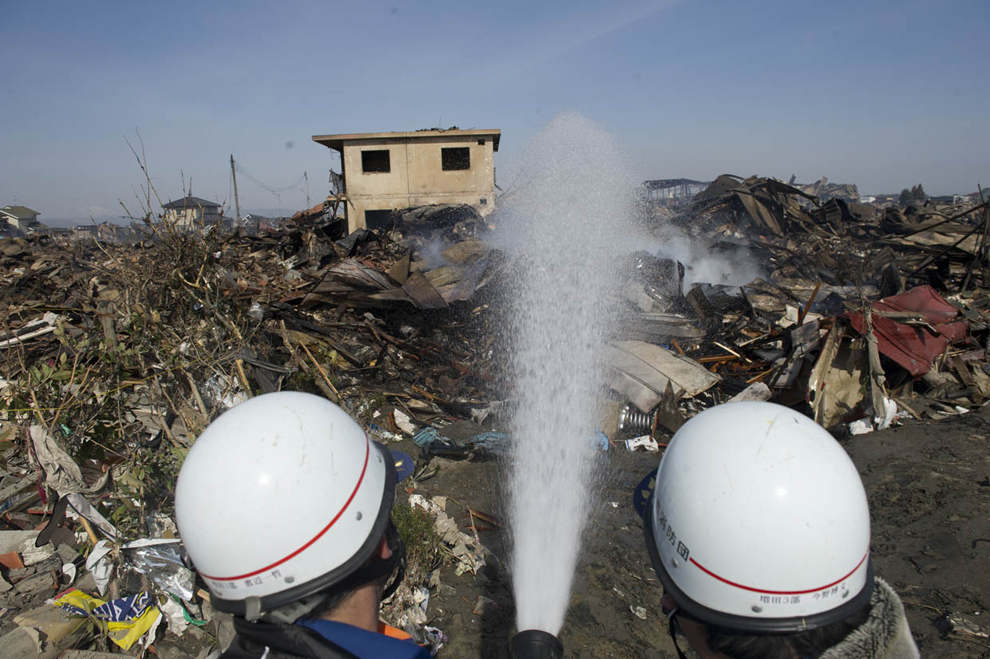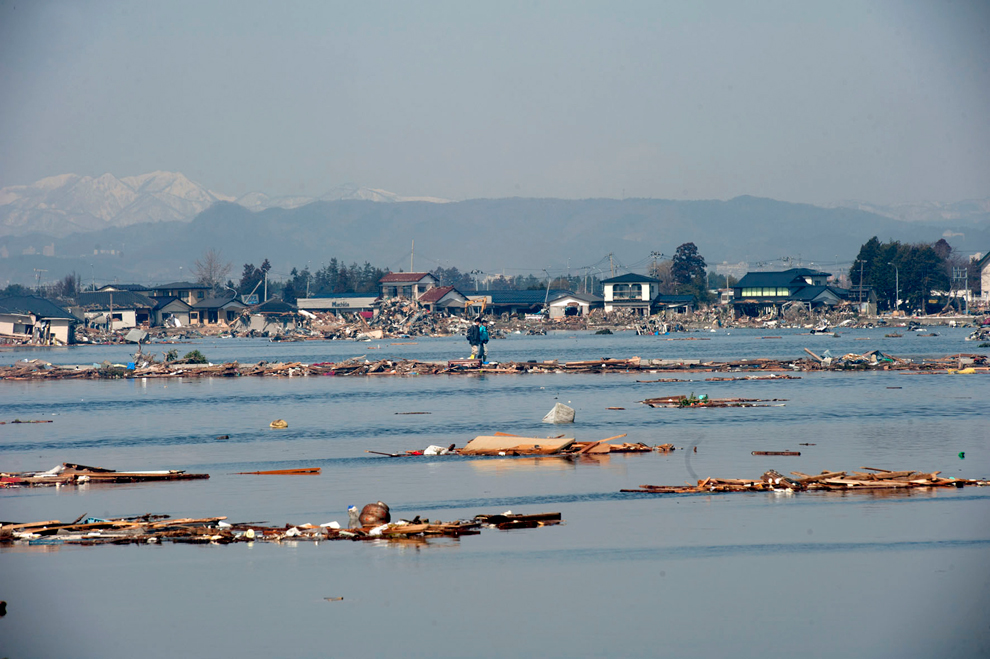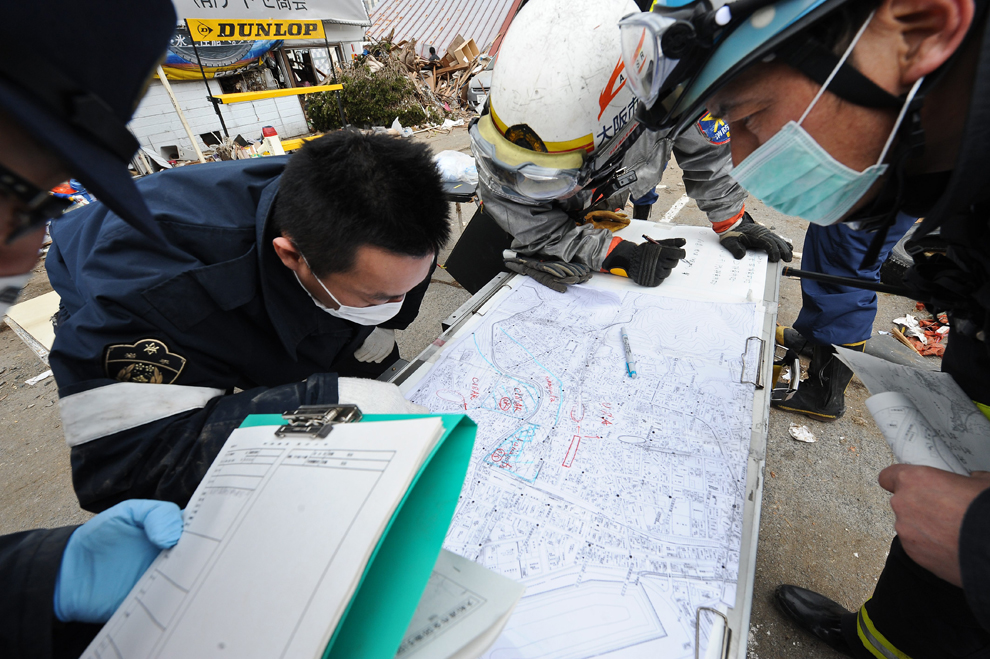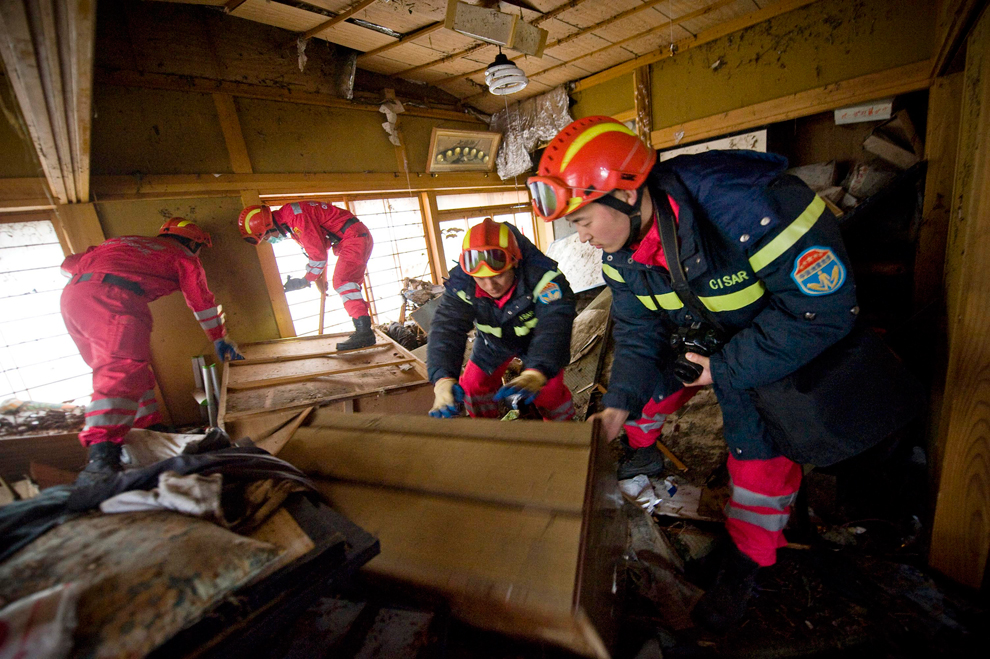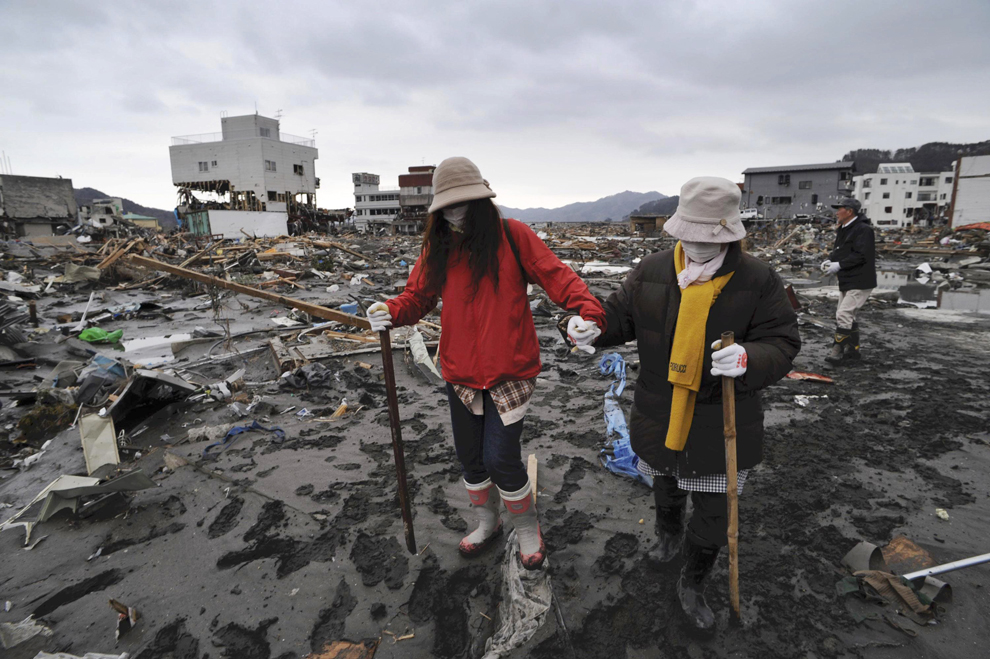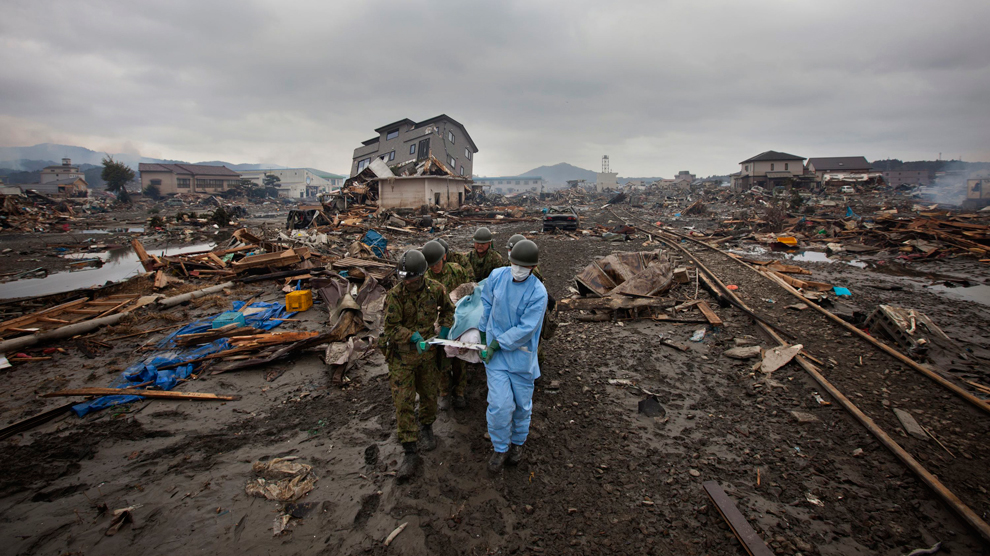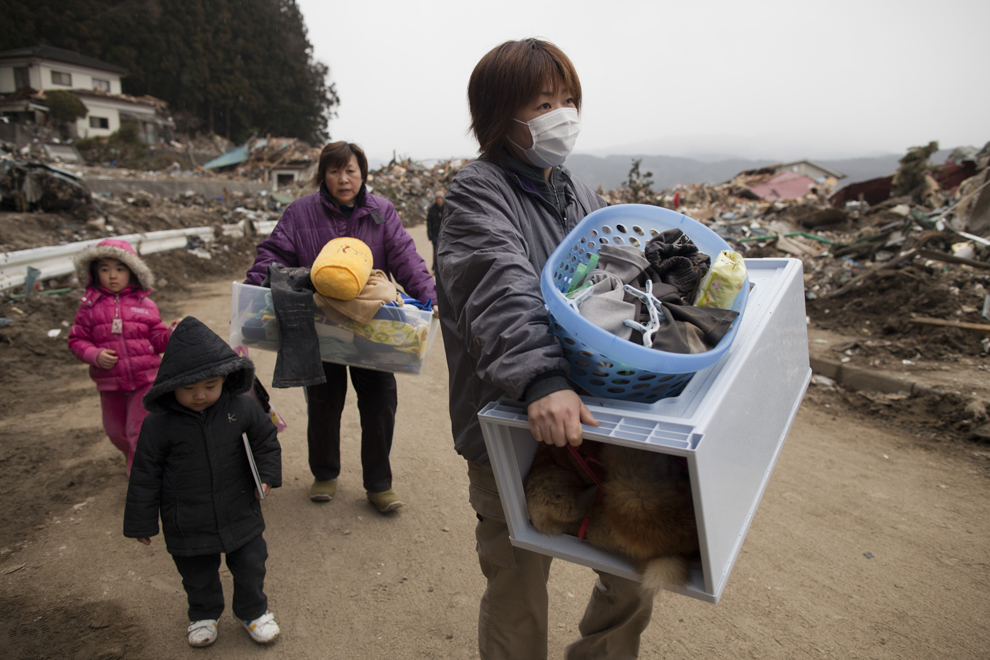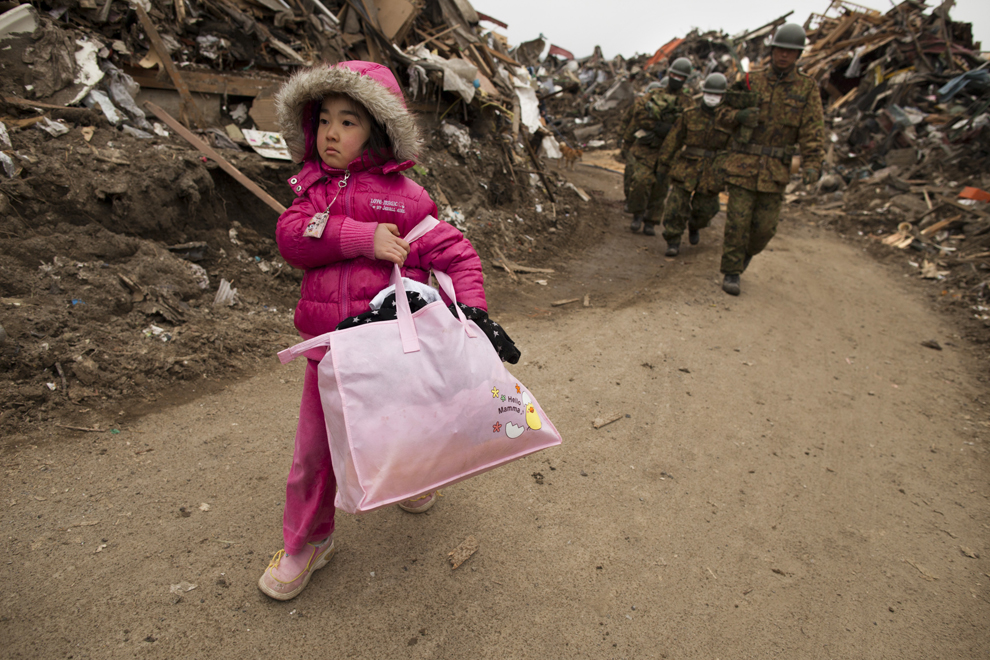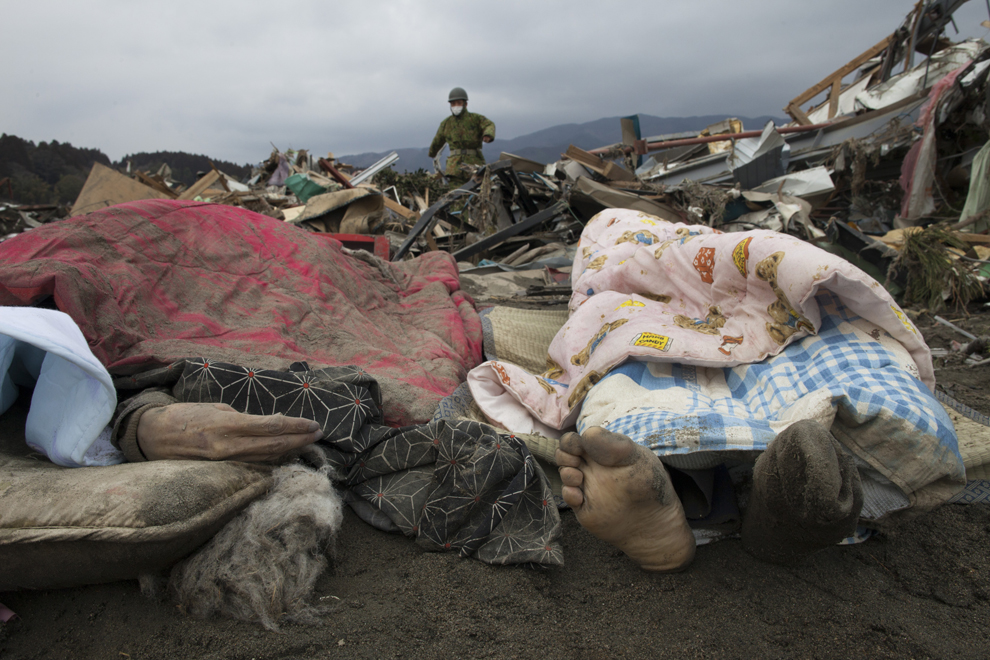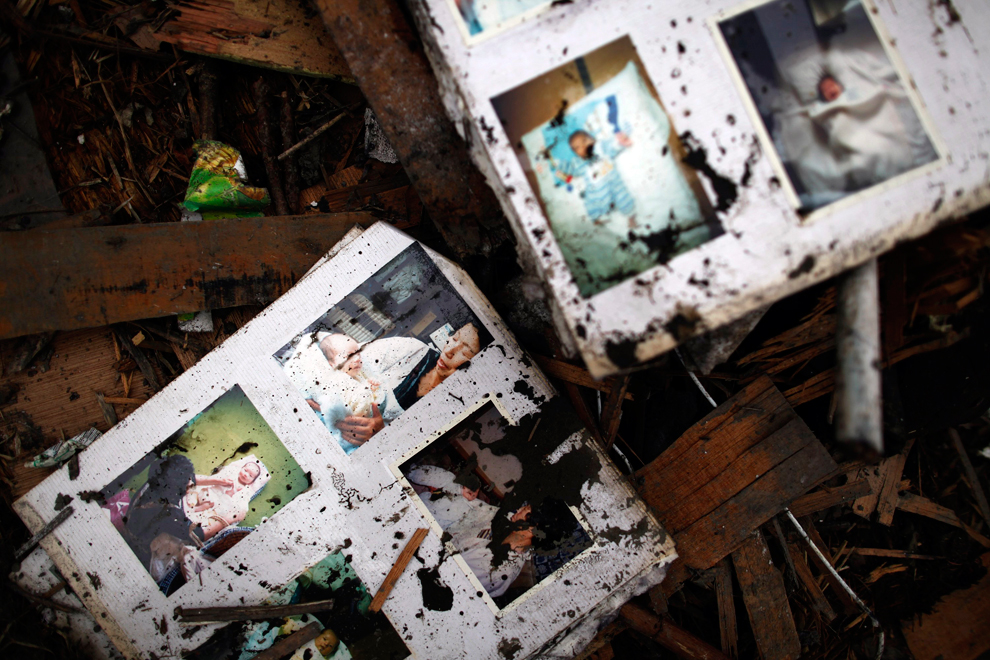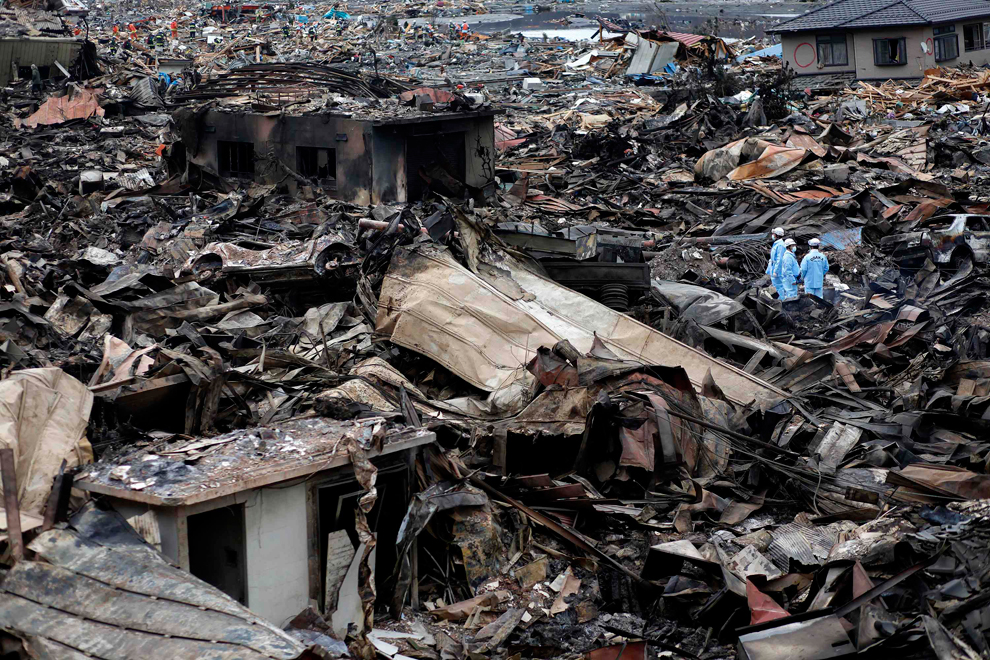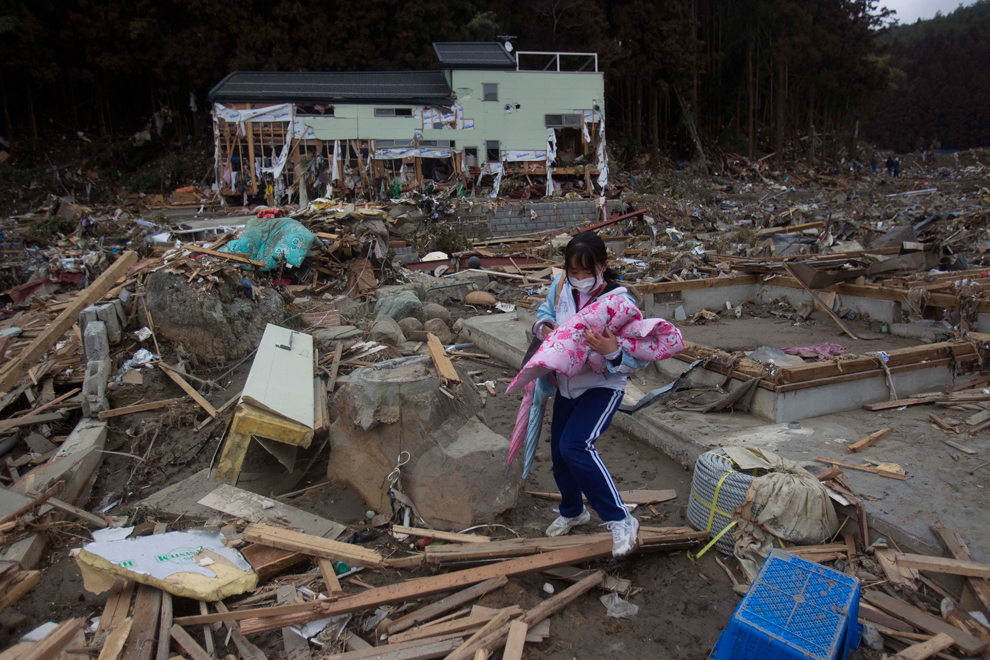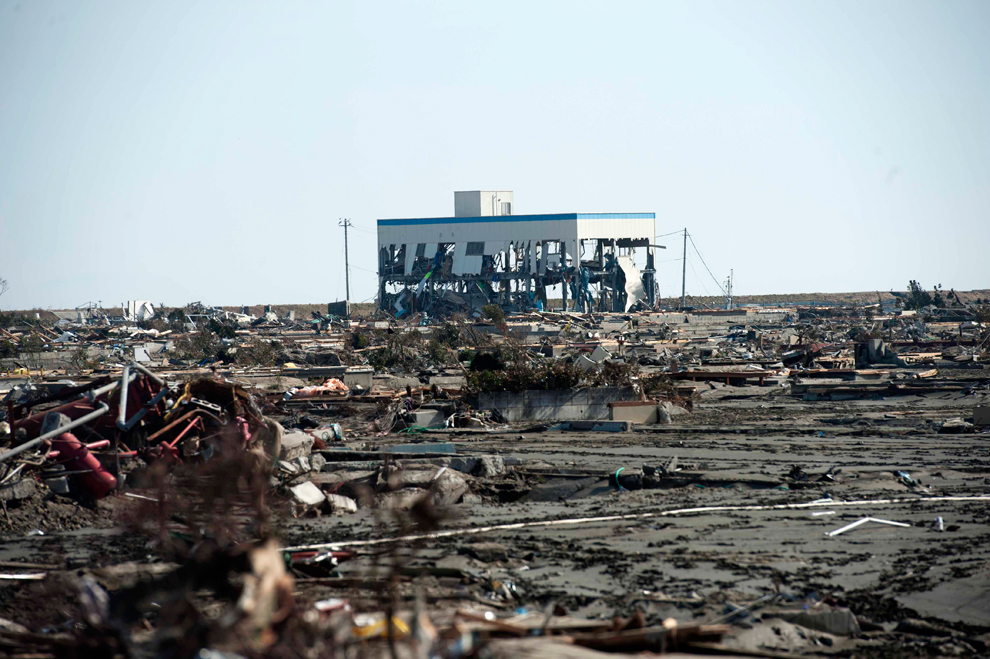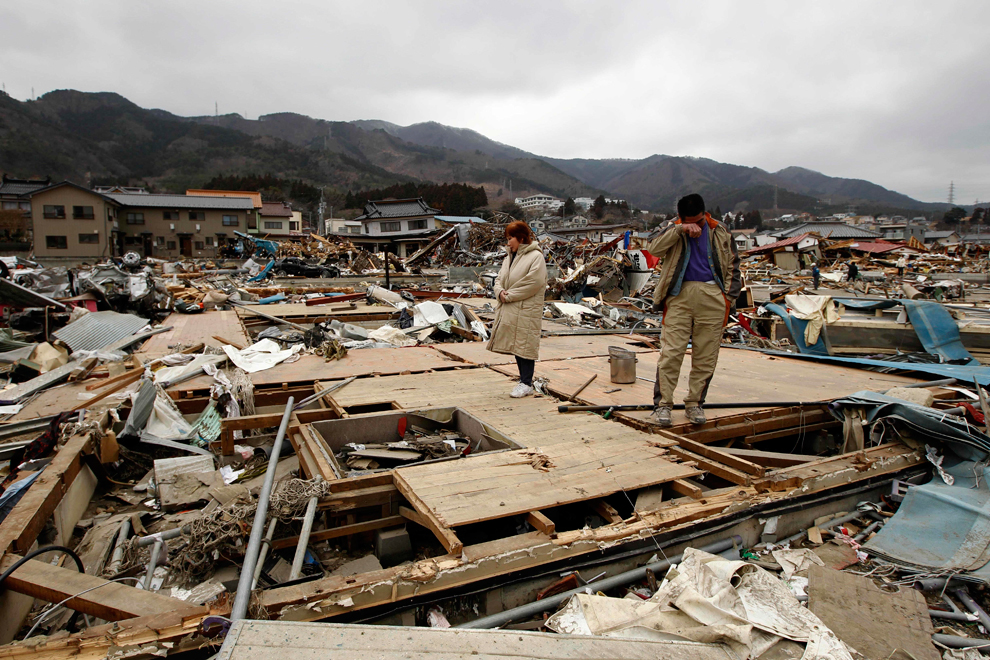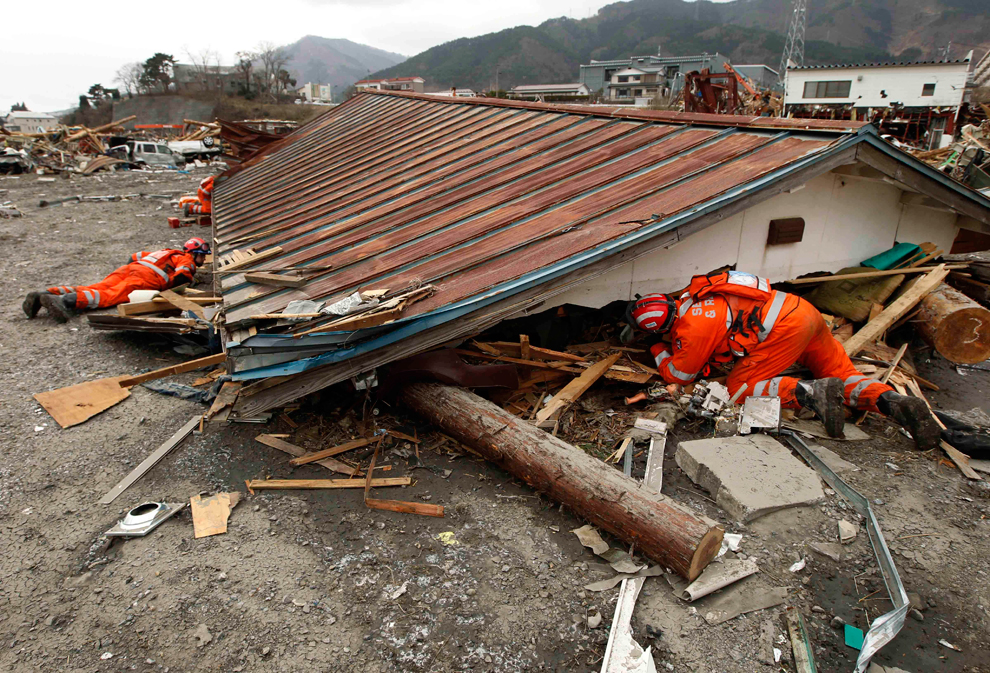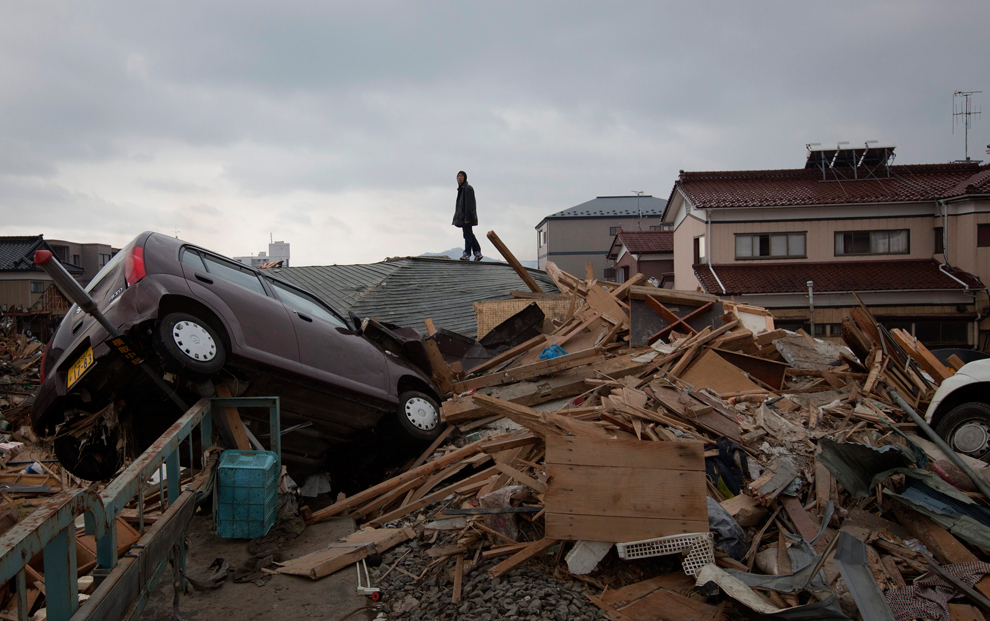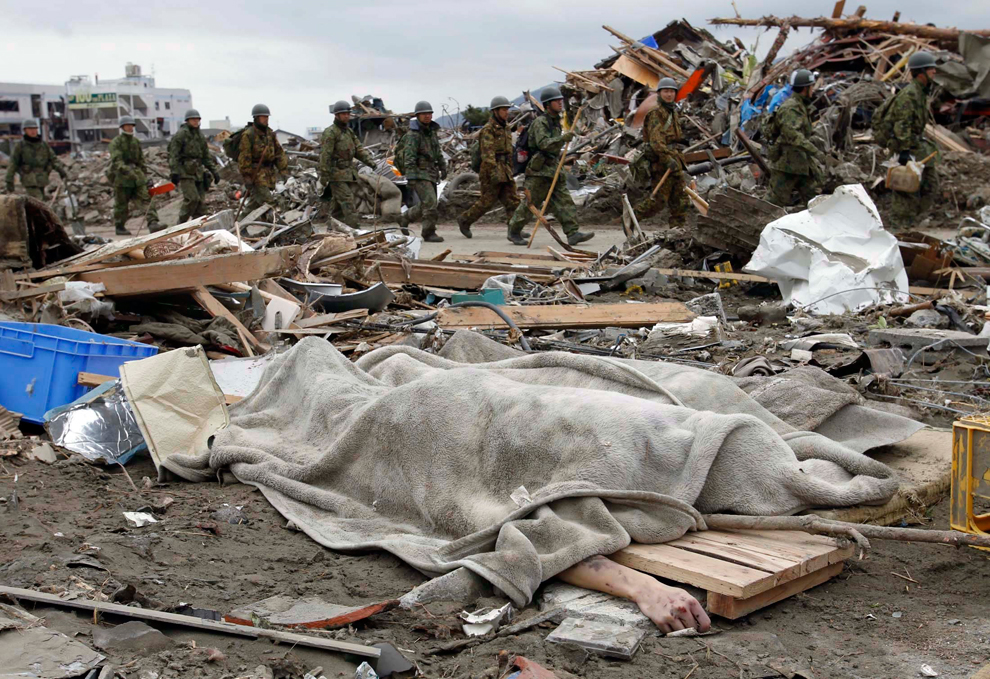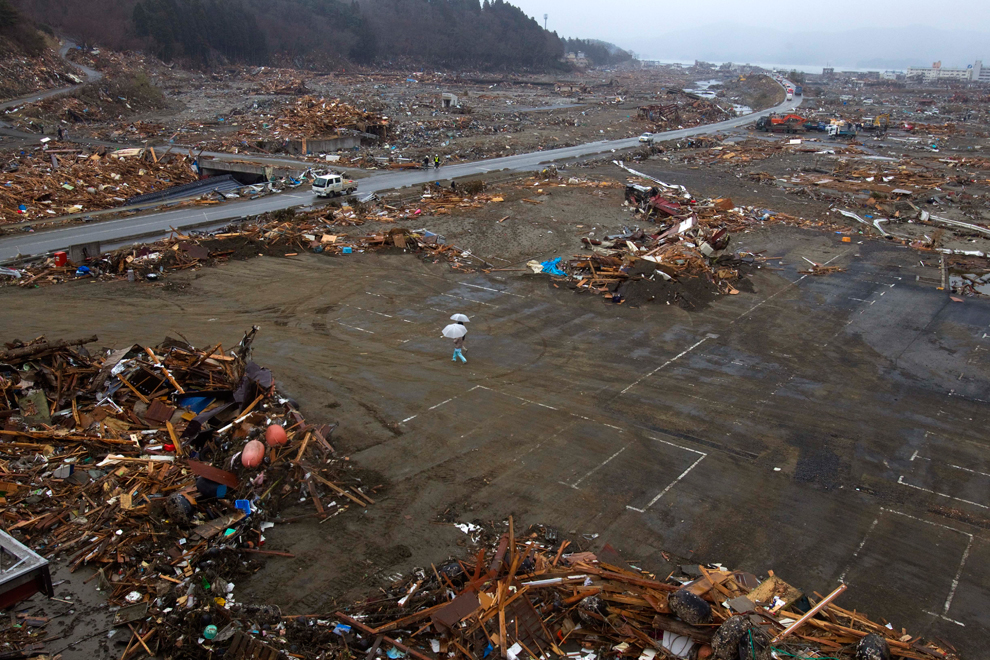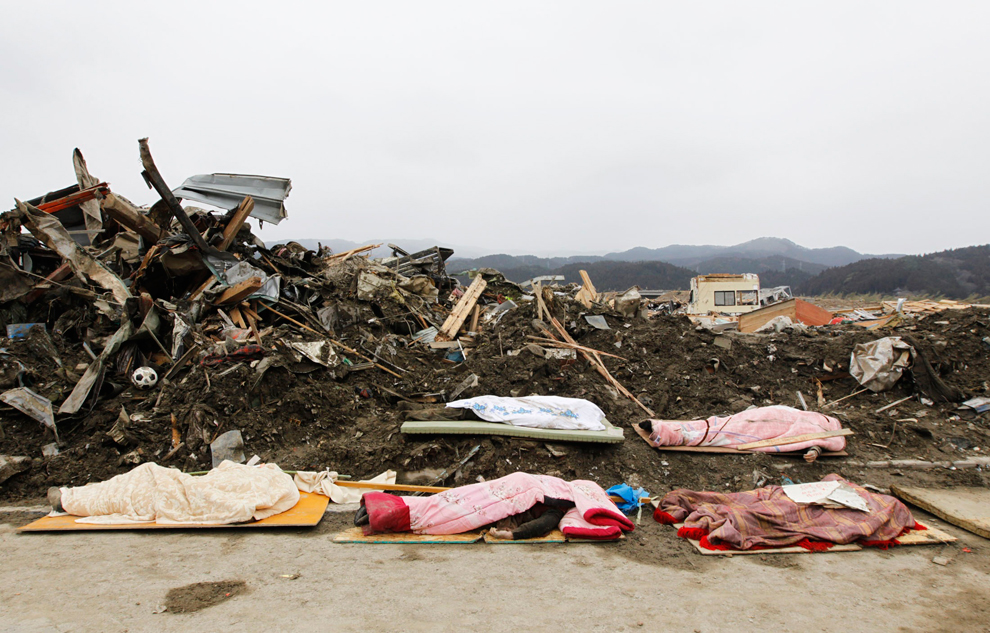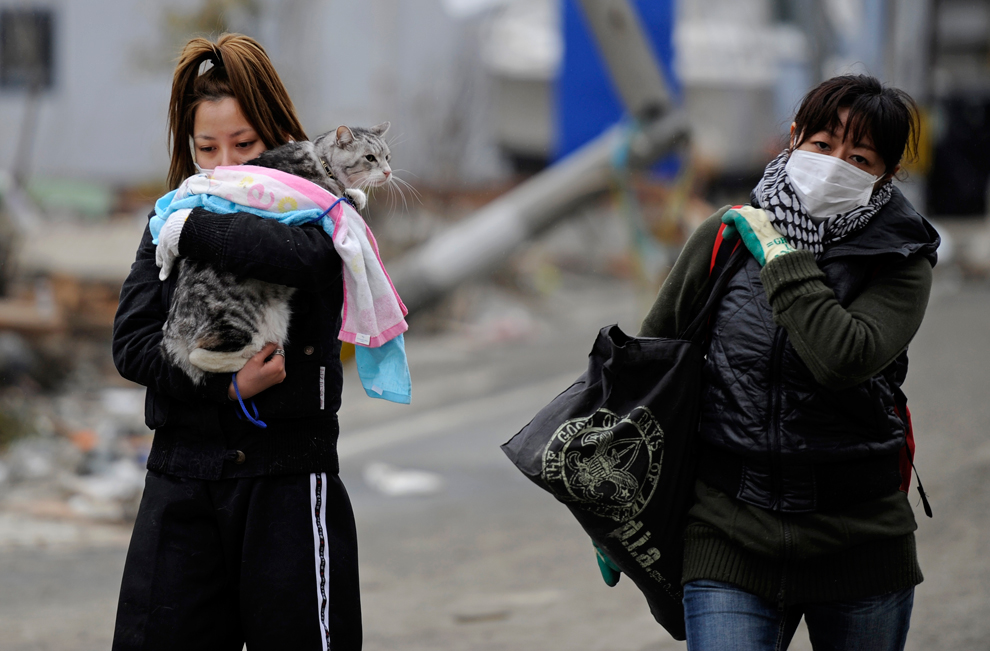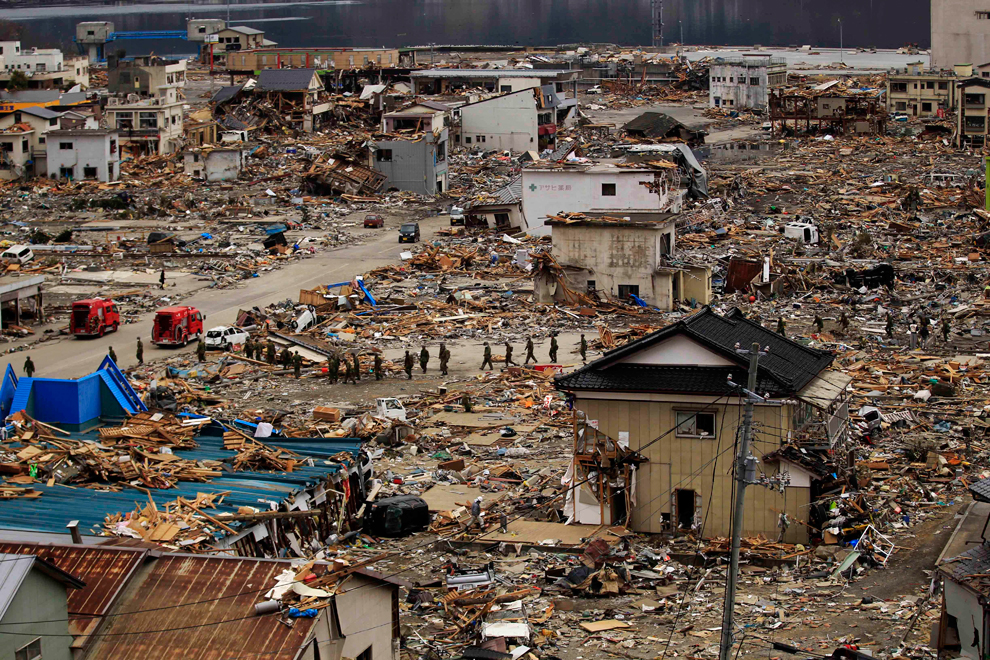Tuesday, March 15, 2011
Newspaper ads sag to a 25-year low in 2010 | The Clarion-Ledger | clarionledger.com
SAN FRANCISCO — Newspaper advertising in the U.S. has sunk to a 25-year low as marketing budgets followed readers to the Internet, where advertising is far cheaper than what publishers have been able to command in print.
Tokyo Electric Says Two Nuclear Reactor Cores May Be Damaged - Businessweek
March 16 (Bloomberg) -- Tokyo Electric Power Co. can’t rule out the possibility of damage to the cores of the No. 1 and No. 2 reactors at its crippled Fukushima Dai-Ichi nuclear power complex, company spokesman Daisuke Hirose said.
Seventy percent of the fuel rods at the plant’s No. 1 reactor may be damaged. About one-third of the No. 2 reactor’s fuel may have been damaged, Hirose said.
Suppliers of LNG, coal, oil look to replace nuclear in Japan - Oil & Gas Journal
LOS ANGELES, Mar. 15 -- Russia’s Prime Minister Vladimir Putin has ordered officials to accelerate development of the OAO Rosneft-led Sakhalin-3 oil and gas project to help meet projected demand coming from Japan.
"It is obvious that this is a long-term loss of generation so we need to think how to speed up plans for developing hydrocarbon production including gas in the Far East,” said Putin, adding, “I have in mind the Sakhalin-3 project.”
Putin was not alone in recognizing Japan’s need—or the effect of that need—for alternative sources of energy to replace supply from nuclear reactors that were damaged or shut in the aftermath of last week’s earthquake.
URGENT: Fuel rods damage at Fukushima's 2 reactors estimated at 70%, 33% | Kyodo News
An estimated 70 percent of the nuclear fuel rods have been damaged at the troubled No. 1 reactor of the Fukushima No.1 nuclear power plant and 33 percent at the No. 2 reactor, Tokyo Electric Power Co. said Wednesday.
The reactors' cores are believed to have partially melted with their cooling functions lost after Friday's magnitude 9.0 earthquake rocked Fukushima Prefecture and other areas in northeastern and eastern Japan.
==Kyodo
Japan: New fears as the tragedy deepens - The Big Picture
Japan: New fears as the tragedy deepens
Continued aftershocks and new earthquakes bring new fears to the survivors of the tragedy. Residents prepare for radiation leaks as the Prime Minister asks everyone to remain indoors - in their homes, their offices and shelters. Ninety one countries have offered help to Japan. Search and rescue and recovery continue in the devastated landscape. The death toll rises, but some hope is realized in the reunions of family and friends. -- Paula Nelson (52 photos total)Evacuees are screened for radiation contamination at a testing center, March 15, 2011, in Koriyama city, Fukushima Prefecture, northern Japan. (Wally Santana/Associated Press)Officials, wearing clothing to protect against radiation, direct people to a center to scan residents who have been within 20 kilometers of the Fukushima Dai-ichi nuclear plant damaged by Friday's earthquake, March 15, 2011, in Koriyama, Fukushima Prefecture, Japan. (Gregory Bull/Associated Press) #A group of Chinese citizens at the City Hall await transport to leave the tsunami devastated city of Sendai, Miyagi prefecture on March 15, 2011. Japan's government on March 15 urged people against panic-buying of food and supplies, as the country grapples with an earthquake and tsunami and resulting nuclear crisis. (Mike Clarke/AFP/Getty Images) #Rescue workers spray water on a damaged building still smoldering after the 9.0 magnitude strong earthquake struck on March 11 off the coast of north-eastern Japan, March 14, 2011 in Miyagi, Japan. The death toll continues to rise with fears that the official death count could well reach up to 10,000. (ChinaFotoPress/Getty Images) #British search and rescue team member Rob Furniss and his search dog Byron try to find any trapped people still alive in a building in Ofunato, Japan, March 15, 2011. Two search and rescue teams from the U.S. and a team from the U.K. with combined numbers of around 220 personnel, searched damaged areas of the town of Ofunato for trapped survivors in the aftermath of the earthquake and tsunami. (Matt Dunham/Associated Press) #Keijo Nakamura and his wife, Haruka, react as they stand on the remains of a dead relative's home after the house was washed away by the tsunami in Ofunato, March 15, 2011. Two search and rescue teams from the U.S. and a team from the U.K. with combined numbers of around 220 personnel, searched damaged areas of the town of Ofunato for trapped survivors Tuesday in the aftermath of the earthquake and tsunami. (Matt Dunham/Associated Press) #Members of the Japan Ground Self-Defense Force walk in a deployment line as they search tsunami damaged parts of Ofunato, Japan, March 15, 2011. Two search and rescue teams from the U.S. and a team from the U.K. with combined numbers of around 220 personnel, searched damaged areas of the town of Ofunato for trapped survivors Tuesday in the aftermath of the earthquake and tsunami. (Matt Dunham/Associated Press) #
More links and information
Workers strain to Retake Control After Blast and Fire at Japan Plant - NYTimes.com, 3/15
In Fuel-Cooling Pools, a Danger for the Longer Term - NYTimes.com, 3/15
Satellite Photos - Japan Before and After Tsunami - Interactive Feature - NYTimes.com, 3/15
Tsunami - Wikipedia entry







